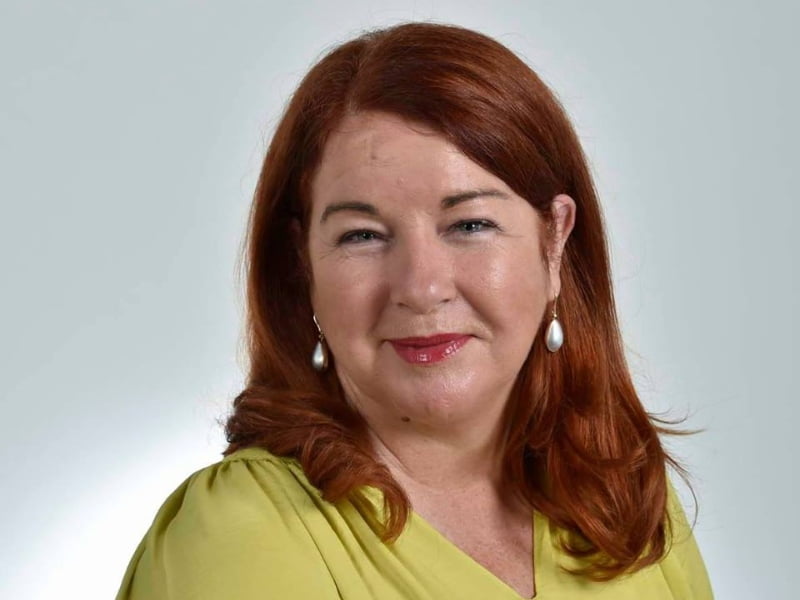The Cooperative Research Centre program is the “backbone” of Australian industry’s commercialisation efforts and will be closely linked with the federal government’s advanced manufacturing efforts, according to new science and technology minister Melissa Price.
In her first speech since adding science and technology to her portfolio, Ms Price told Cooperative Research Australia’s Collaborate Innovate 2021 conference that the Cooperative Research Centres (CRCs) are a crucial plank in her government’s economic recovery plan.
“CRCs provide an important backbone to Australia’s academic and industry commercialisation efforts. They help bring business and researchers together to achieve great things,” Ms Price told the virtual conference.
“The CRC Program is a proven model for driving real world outcomes, growth and jobs. The CRC Program has proved its worth to Australia over many years and the Morrison government will continue to strongly support it.”

More than $770 million has been committed to the CRC Program to 2024-25 by the federal government, along with matched funding and in-kind contributions from partners. In June CRC Round 22 was revealed, with three new CRCs formed, including a Digital Finance CRC.
These CRCs will receive $158 million in grant funding, along with match contributions from 148 partners.
CRC-P Round 11 was also unveiled last month, with 22 projects sharing in $47 million, with round 12 of the program open for application until mid-November. This round will be specifically focusing on low-emissions technology and mRNA-based therapeutics.
Ms Price said $5.3 billion has been committed to the CRCs since the program was launched in 1990, across 233 grants and 176 project grants.
“CRCs have impact across the Australian economy. Over the years, the CRC program has responded to government priorities and adapted to changing the needs of Australians and Australian businesses,” she said.
The Coalition has now directly linked the CRC Program to its Modern Manufacturing Initiative and the six priority areas of this scheme: resources technology and critical minerals processing; food and beverage manufacturing; medical products; recycling and clean energy; the defence sector; and space.
The CRCs play an “important role” in supporting these manufacturing priorities, the new science and technology minister said.
“The core elements of our manufacturing strategy are about getting the economic conditions right for business, making science and technology work for industry, focusing on areas of advantage and building national resilience for a strong economy,” Ms Price said.
“Our government is making science and technology work for industry by aligning research and innovation capability to priority areas and contributing to strong industry-research links.”
Earlier this price Ms Price was handed the science and technology portfolio to go with her existing defence industry responsibilities following the ministerial reshuffle which saw Angus Taylor become the new industry minister.
Ms Price will now oversee the CSIRO and Australian Space Agency, the Office of the Chief Scientist, business digitisation, the digital economy and emerging technologies, among other science and tech-related areas.
Do you know more? Contact James Riley via Email.


Ms Price attended university as a mature-age student, graduating with a Bachelor of Laws from London South Bank University and completing a graduate diploma in law at the University of Western Australia. There is not one (that’s ZERO guys) science or technology subject in either degree. She was a solicitor from 1997 to 2002 and then worked at grain company CBH Group until 2008. Then she moved to the iron ore miner Crosslands Resources until 2012. Why do we keep listening to people with ZERO relevant education, knowledge or experience? Why do we write articles quoting their uneducated claims? “CRCs have impact across the Australian economy”, said the woman who never did one (that’s another ZERO guys) economics subject. Now a ZERO will oversee the CSIRO and Australian Space Agency, the Office of the Chief Scientist, business digitisation, the digital economy and emerging technologies, among other science and tech-related areas. ZERO chance of success for sure.